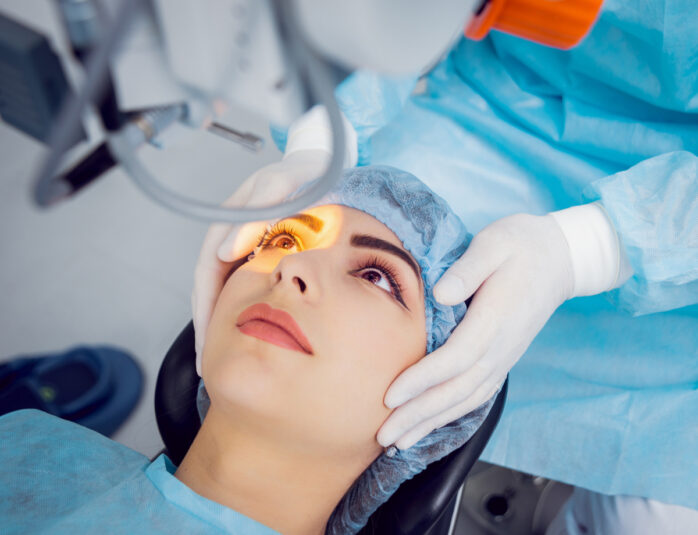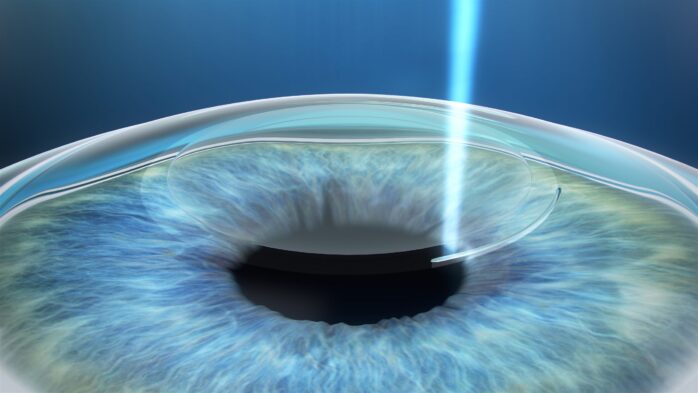There are many different types of vision correction, and the best option for you depends on your individual needs. If you’re considering vision correction, it’s important to understand the different types of procedures and what they can do for you.
Types of Vision Correction Surgery

There are many types of vision correction surgery available to those who suffer from poor vision. Each type of surgery has its own advantages and disadvantages, and it is important to consult with an experienced eye surgeon to determine which type of surgery is best for you. Here, we will provide an overview of the most common types of vision correction surgery.
- Laser In-Situ Keratomileusis (LASIK)
Laser In-Situ Keratomileusis (LASIK) is a refractive surgery used in correcting someone’s vision problems. It is a permanent procedure that changes the shape of your cornea so that light can be properly focused onto your retina. LASIK is a safe and effective way to improve your vision.
- Photorefractive Keratectomy (PRK)
Nowadays, people are more interested in having perfect vision without the hassle of wearing glasses or contact lenses. One type of refractive surgery is Photorefractive Keratectomy or PRK. This type of surgery is done by using a laser to remove some of the tissue from the cornea, which is the clear tissue at the front of the eye. This type of surgery is different from LASIK because no flap is created during PRK. PRK is a good option for people who have thin corneas or for people who are not good candidates for LASIK.
- Laser Epithelial Keratomileusis (ALK)

Laser epithelial keratomileusis, also known as ALK, is a type of refractive surgery that is used to correct vision problems. This surgery is performed by using a laser to remove a thin layer of tissue from the surface of the eye. ALK can be used to treat nearsightedness, farsightedness, and astigmatism. This surgery is typically performed on an outpatient basis, and most people can return to their normal activities the day after surgery.
- EpiLasik
This surgery is similar to LASIK, but the cornea is not cut during the procedure. Instead, a thin layer of tissue is removed from the surface of the eye. This tissue is then used to create a flap. The surgeon then uses a laser to reshape the tissue underneath the flap. Epi-LASIK is a safe and effective way to improve vision.
- Presbyopic Lens Exchange (PRELEX)
Fortunately, there’s a surgery that can correct presbyopia and help people see clearly at all distances: presbyopic lens exchange, or PRELEX. In this procedure, the natural lens is removed and replaced with an artificial intraocular lens (IOL). This IOL can be customized to correct each patient’s individual vision needs.
PRELEX is a safe and effective surgery with a high success rate. It can be performed in just a few minutes, and most people experience little to no discomfort afterward. Recovery is typically quick, and most people see a significant improvement in their vision within a few days.
Learning the correct vision correction procedure is important for the patients to achieve the results of the procedure.



















